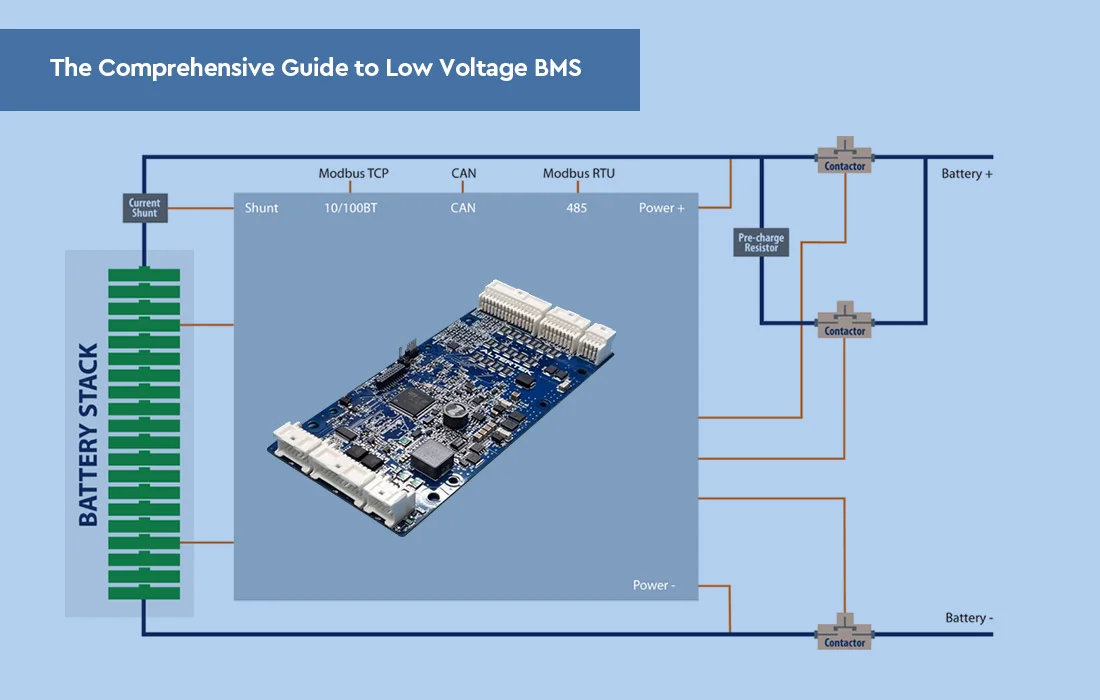Creating an optimal electric car BMS requires thoughtful consideration of key factors that impact performance, safety, and dependability. Critical design aspects include:
- Cell Monitoring and Balancing – Continuous monitoring of cell voltages, temperatures, and state of charge by the BMS is essential to guarantee safe functioning within defined boundaries. Advanced passive and active balancing methods help sustain consistency in cell voltages, extending battery life.
- State of Charge Determination – Accurately estimating the state of charge through advanced algorithms and models is vital to provide precise remaining battery capacity and range information to drivers. Techniques utilize voltage, current, temperature, and coulomb counting data.
- Fault Diagnostics and Prognostics – The BMS requires diagnostic abilities to detect issues and prognostic algorithms to forecast possible failures, enabling proactive measures that uphold safety and dependability. Protective features such as overcharge, over-discharge, thermal regulation, and short-circuit protection should integrate with diagnostics as a comprehensive fault management system.
- Communication and Redundancy – Effective communication interfaces permit real-time BMS data exchange with other vehicle systems and external networks. Incorporating redundancy in critical functions ensures fail-safe operation and enhances overall safety. Recognizing BMS integration across the broader electric vehicle ecosystem including the powertrain and charging system is also valuable.
- Regenerative Braking Energy Management – The BMS should efficiently optimize captured regenerative braking energy for later reuse, improving overall energy efficiency.
- Adaptability to Diverse Battery Chemistries – Support for various existing and emerging battery chemistries like lithium-ion and solid-state ensures flexibility and compatibility as technologies continue advancing.
In summary, a well-designed electric car BMS incorporates advanced functionality spanning from core monitoring and control to features that enable safety, efficiency, and adaptability as the landscape of battery technologies and electric cars continues to evolve.




